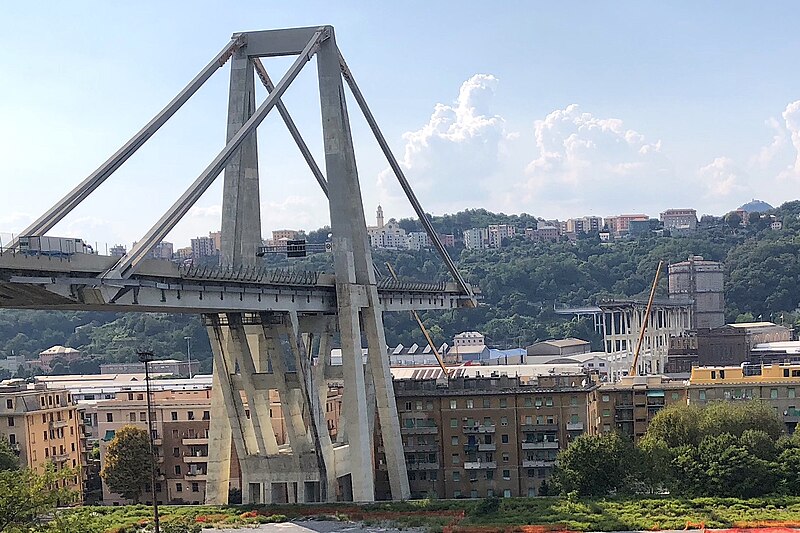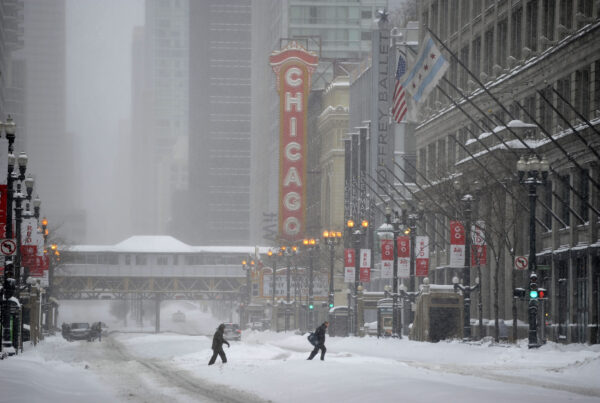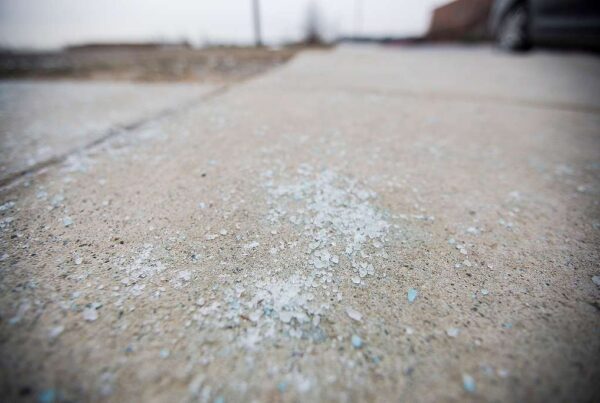Corrosion in structural steel is a major concern for the safety and durability of buildings. This post delves into the causes of steel corrosion, how to identify it, and the effects it can have on structural elements.
Causes of Steel Corrosion
Steel reinforcement in concrete structures is susceptible to corrosion, especially when exposed to moisture, salts, and atmospheric oxygen. Common causes of steel corrosion include:
- Moisture Exposure: Water from rain, snow, or high humidity can lead to rust formation.
- Salt Exposure: In coastal areas or places where de-icing salts are used, chloride ions can accelerate the corrosion process.
- Oxygen: Exposure to oxygen can further accelerate rust formation on steel surfaces.
Visible Signs of Steel Corrosion
Detecting steel corrosion often involves looking for indirect signs on the concrete surface:
- Rust Stains: Rust can seep through the concrete, appearing as reddish-brown stains on the surface.
- Spalling: Flaking or chipping of the concrete around steel reinforcements indicates internal rusting.
- Cracking and Bulging: Cracks and bulges in the concrete may result from the expansion of rusted steel.
Impact on Structural Integrity
Corrosion of steel reinforcement can severely impact the structural integrity of concrete elements. Key effects include:
- Weakened Support: The load-bearing capacity of the structure can be significantly reduced.
- Increased Cracking: Rust-induced expansion causes additional cracking and spalling.
- Potential Structural Failure: In extreme cases, the compromised steel may lead to structural failure.
Example: The Collapse of the Morandi Bridge
One of the most notable examples of a structural collapse caused by steel corrosion is the Morandi Bridge in Genoa, Italy. In 2018, a section of this reinforced concrete bridge tragically collapsed, killing 43 people. Investigations revealed that corrosion of the steel cables embedded within the concrete pylons played a significant role in weakening the structure. Decades of exposure to moisture, combined with insufficient maintenance, led to the deterioration of these critical steel components. The rusted steel expanded, causing the surrounding concrete to crack and weaken, ultimately leading to the bridge’s catastrophic failure.
This event underscores the importance of regular inspections and maintenance, particularly for structures in environments prone to high humidity or salt exposure. Corrosion can often remain hidden within structural elements, only becoming visible when the damage is already severe.
Mitigation and Prevention
To address and prevent steel corrosion:
- Regular Inspections: Regular assessments can identify early signs of corrosion.
- Protective Coatings: Applying coatings and corrosion inhibitors can help protect the steel.
- Proper Maintenance: Ensuring that drainage and ventilation are adequate helps minimize moisture exposure.
Understanding steel corrosion and its impacts is essential for maintaining the safety and longevity of buildings. By taking preventive measures and addressing corrosion early, building owners and maintenance professionals can ensure the continued strength and reliability of their structures.




